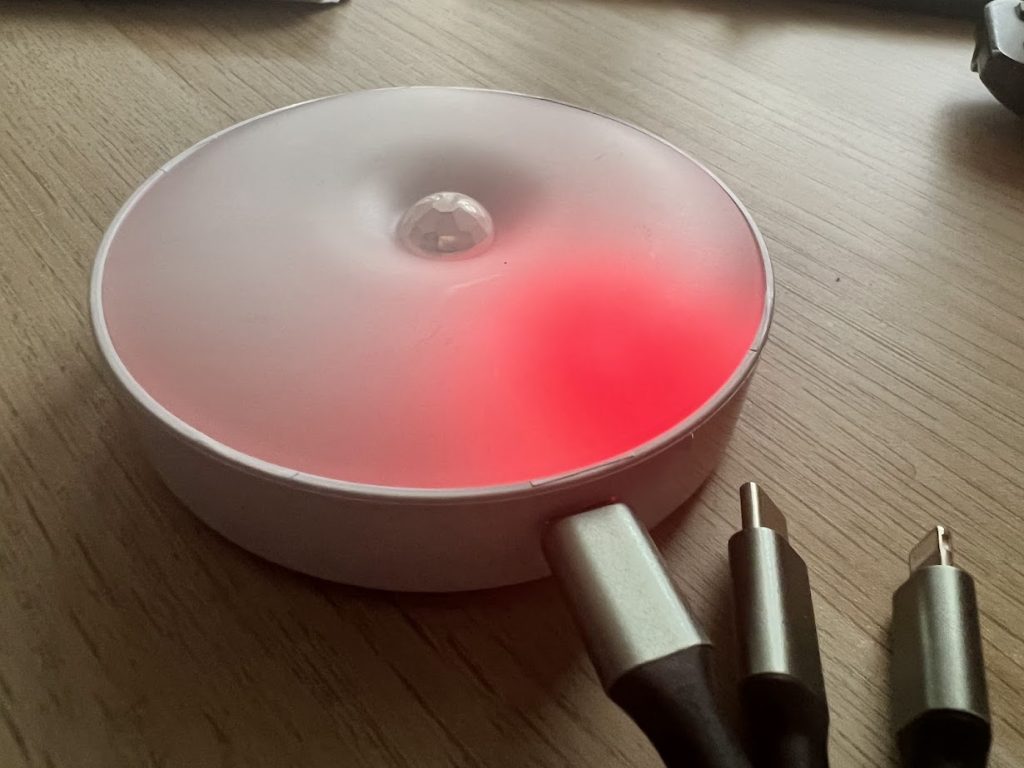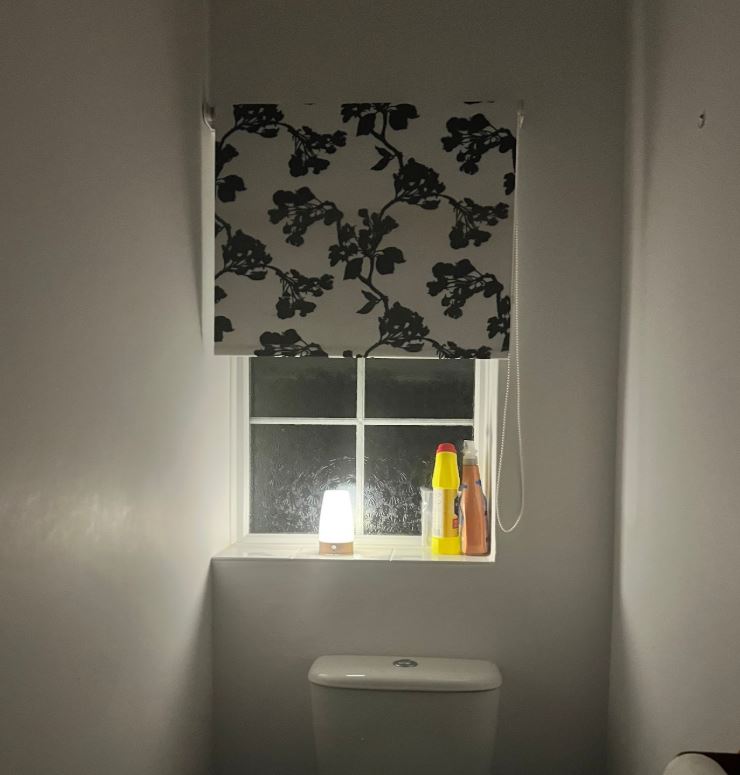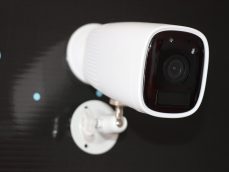Smart lighting transforms everyday living by giving you complete control over your home's illumination — whether by smartphone, voice, or even motion sensors. It’s simple to install and a fantastic upgrade if you’re looking to make your home smarter, more energy-efficient, and more stylish.
How Smart Lighting Works
Smart lights operate using your existing sockets and fittings but add wireless connectivity, allowing you to control them remotely or automatically. Most smart bulbs simply screw into your current ceiling or lamp sockets. Other types, like LED strips or wall panels, plug into standard wall outlets.
How Smart Lights Connect
There are two main ways smart lighting connects to your devices:
- Bluetooth:
A direct link between your smartphone and the light. Simple to set up but limited to around 10 metres indoors. - Wi-Fi or Hub Systems:
Many systems like Philips Hue use a hub that plugs into your Wi-Fi router. Hubs create a more stable network and allow you to control your lights from anywhere in the world using your smartphone.
(Some modern bulbs connect directly to your Wi-Fi without needing a hub.)
| Feature | Philips Hue White and Colour Ambiance Starter Kit | https://amzn.to/4la115w | Govee RGB Smart Bulb | Nanoleaf Matter Essentials B22 |
|---|---|---|---|---|
| Price | £103 | £9.99 1 bulb | £18.99 2 bulbs | ~£4.99 |
| Connectivity | Zigbee + Bluetooth (Bridge for full features) | Wi‑Fi + Matter | Wi‑Fi & Bluetooth | Thread + Bluetooth (Matter) |
| Colour / White tuning | 16 million colours + 2000–6500 K whites | RGB + tunable white, auto‑schedule | RGB + tunable white, entertainment effects | RGB + whites up to 1100 lumen |
| App & ecosystem | Hue app + Alexa/Google/Siri; advanced routines, entertainment sync | Tapo app + Alexa/Google; Matter ensures future compatibility | Govee app with music modes; Alexa/Google | Nanoleaf app; HomeKit/Google; fast via Thread |
| Ease of setup | Bluetooth basic use; full features need Bridge | Hub‑free via Wi‑Fi/Matter | Simple screw-in Wi‑Fi—no hub | Thread hub optional; plug and play |
| Reliability & support | Generally praised; wide product range | Good reviews; energy monitoring | Decent budget pick, some feature‑limited | Fast response, future‑proof with Thread |
| Best for… | Enthusiasts wanting full ecosystem & audio‑syncing | Affordable, future‑ready via Matter | Fun colour effects for parties/lighting | Apple/HomeKit users prioritising speed |
| Notable drawbacks | Higher cost; Bridge required for advanced use | Limited bulb styles; no hub options | Dependent on Govee app; lacks HomeKit | No Alexa integration; fewer bulb variants |
Choosing the Right Option
- Want industry-best, full-featured ecosystem?
Go for Philips Hue: premium experience, expandability, and rich automation—ideal for multi-room setups. - Looking for budget yet future-compatible lighting?
Choose TP-Link Tapo: fantastic value, Matter-supported, no hub required. - For vibrant, party-like effects & affordable price?
Try Govee: vivid RGB, music sync, but app-centric and no HomeKit. - HomeKit/Apple user wanting speed and integration?
Opt for Nanoleaf Essentials: Thread support for quick response and future-ready compatibility.
Smart Lighting Features You’ll Love
Once your smart lighting is up and running, it unlocks amazing features:
- Voice Control: Control lights hands-free using Alexa, Google Assistant, or Siri.
- Brightness Control: Adjust brightness easily depending on mood or time of day.
- Colour Temperature: Choose warm light for relaxing or cool white light for working.
- Full Colour Changing: Select from millions of colours to set the perfect vibe.
- Scheduling: Set lights to switch on and off automatically at certain times or with the sunset and sunrise.
Where You Can Install Smart Lighting
Smart lights are incredibly flexible:
- Ceiling lights
- Bedside lamps
- Stair lighting
- Kitchen under-cabinet strips
- Outdoor garden lighting
Installation is usually as simple as replacing a bulb, plugging in a strip, or sticking light panels to the wall.
I have smart lighting working with an Alexa plug that switches on standard lamps giving immediate light where needed when getting home.
Sensor Lighting: Effortless Automation
Place Smart Sensor lighting for immediate light when it’s needed. These The Glowhouse Premium PIR are my favourite lighting options as they can be moved and don’t depend on any system just you coming in range. The ones I have usually get dim as the battery is running out. They’re as cheap as chips and you can get them from Argos or Amazon. They also make a nice gift for anyone you know could use some night lighting!
How Smart Sensor Lighting Works
- Motion Sensors: Detect movement and automatically turn lights on and off.
- Example: Walking into a hallway at night triggers the lights to turn on without touching a switch.
- Ambient Light Sensors: Detect if a room is dark enough to need lighting.
- Example: Lights stay off during the daytime but turn on in the evening.
You can also fine-tune settings like motion sensitivity, brightness, and timer delays.
Best Places to Use Smart Sensor Lighting
Smart sensor lighting is perfect for:

- Hallways and landings
- Bedrooms for night time trips
- Kitchens (under cabinets)
- Bathrooms and cloakrooms
- Garages, sheds, and outdoor paths for added security
Pros and Cons of Smart Sensor Lighting
Pros:
- Easy to install
- Boosts convenience and safety
- Energy efficient by only lighting when needed
Cons:
- Battery-powered models need occasional recharging or battery replacement
- Set-up can take a little time and investment initially
Final Thoughts
Smart lighting — especially with motion sensors — offers a modern, energy-saving way to light your home without lifting a finger. Whether you're easing your nighttime routines or simply adding a touch of luxury, smart lighting brings flexibility, efficiency, and a whole lot of style to your space.
If you would like to subscribe to further information on Home Automation or have any questions please complete the form below:





